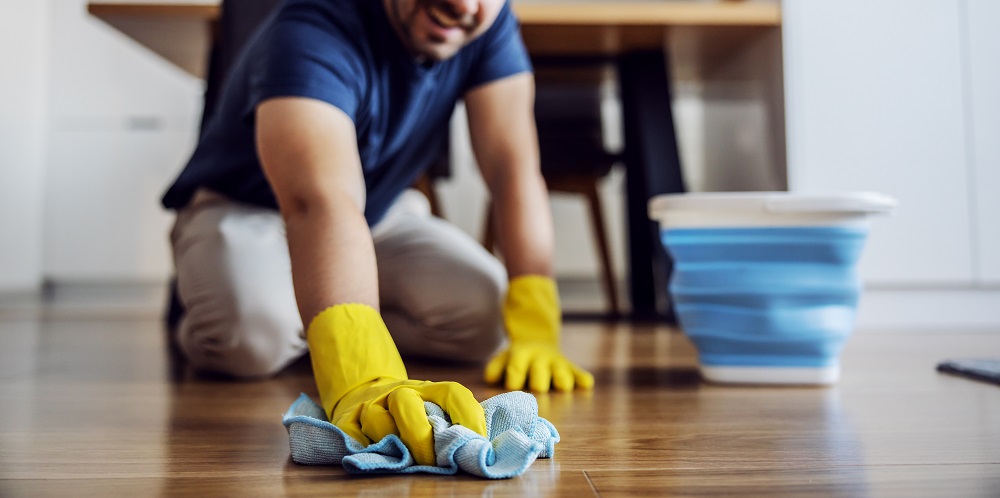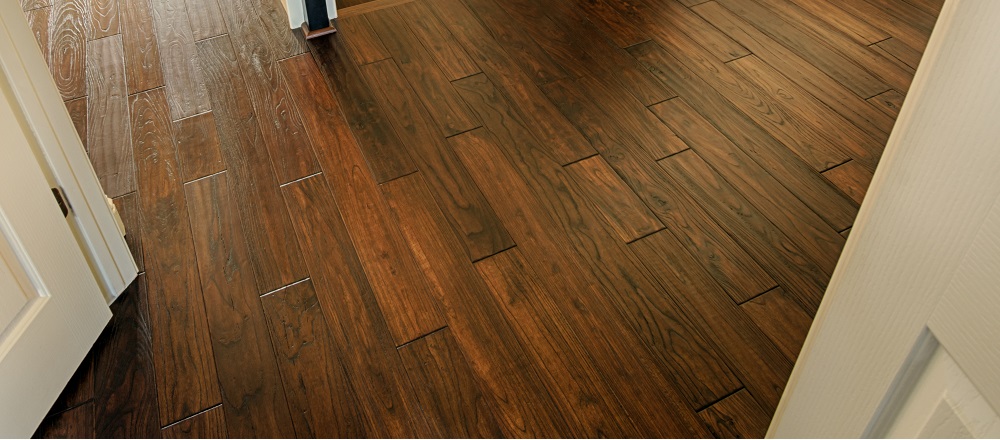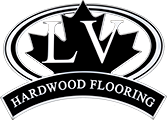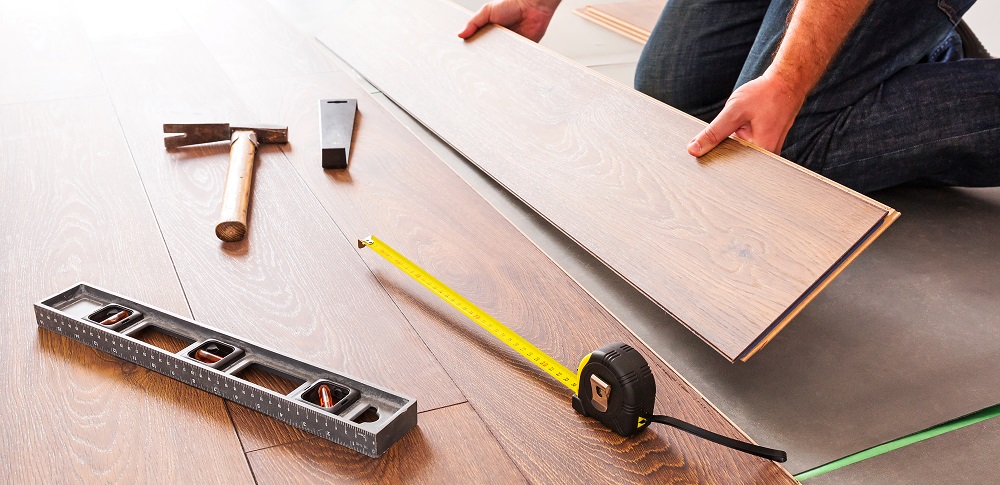Hardwood floors are great. They’re easy to maintain, and they give your home a vintage feel no other type of flooring can offer. However, they get more fragile with age and tend to protest whenever you step carelessly. To combat that noise, you’re going to have to learn a few tips for fixing squeaky hardwood floors.
If you’ve been living with noisy floors for a long time, we’re sure there’s no end to the irritation it’s caused. Many people put off dealing with their squeaky floors and instead learn to live with them.
This may be for various reasons; perceived expense, perceived time loss, perceived effort, perceived danger, etc. All of these reasons have the word “perceived” before them because they’re untrue.
It doesn’t take a massive amount of cash, nor will you have to uproot all the boards. Depending on the method you use, it takes anywhere from ten minutes to an hour to silence your squeaky floors.
In this article, we’re going to share a few tips for fixing squeaky hardwood floors. But before we get to that, why do floors squeak?
Causes of Squeaky Hardwood Floors
As a house gets older, the materials tend to degrade as well. This is especially true when it comes to wood. Hardwood boards can change with the passage of seasons. Sometimes, there may be a squeak during winter, and it can disappear or significantly reduce in warm months.

Here are a few problems that could be the cause of the squeak.
- Warped floorboards.
- Loose floorboards.
- Cracked floorboards.
- Loose subflooring.
- Wood rubbing against the subfloor.
- Loose nails.
When it comes to the most common causes, though, loose floorboards, warped floorboards and wood rubbing against the subfloor are usually the main culprits.
Related article: White Oak Flooring: Effective Maintenance Tips For Winter
How To Fix Hardwood Floors
The first tip for fixing hardwood floors is to know the location of the squeak. Before you break out your tools, you’ll need to identify the location and cause of the squeak. When we say location, we mean the area you’ll be fixing.
If you’re fixing the squeak from below ground, you’ll need to identify the area below. The same goes if you’re starting the job from above.
After doing this, you can start the steps that form the process of how to fix squeaky hardwood floors. The techniques and tips for fixing squeaky hardwood floors include:
Use Shims and Glue
If you have a crawl space or a basement underneath your hardwood floor, there’s a relatively easy way to silence squeaks in your hardwood floors.
However, before you even start securing your floorboards, you should make sure that the basement or crawl space is safe. This is especially true if it’s a place that doesn’t see much usage.
Get a source of light and check out all the corners for snakes, rodents and big bugs; anything that can shake up your work.
If you live in an area close to a forest or park, this check is even more critical. Once you’ve made sure that you’re safe, only then can you get back to the job at hand.
To begin, you’ll need some shims, a partner and carpenter’s glue (construction adhesive). Get your partner to walk around above, until they find the squeaking floorboard. Once they find it, they can indicate its location by knocking on it. This way, you can follow the sound and find it from below.
Locate the joist closest to the noisy floorboard. It’s highly likely that you’ll find a gap between the two. Take a thin shim and gently push it up to fill the space. Gently is the operative word here. Too much force can make the gap wider, which is something you don’t want.

Use carpenter’s glue
Here’s another tip for fixing squeaky hardwood floors. If the gap is quite thin, you can fill it up with carpenter’s glue and then wait for it to dry.
If the shim you’ve used is too small or the gap is too long, you can just apply the glue to it. The shim is preferable because it’s an instant fix. Conversely, a large application of carpenter’s glue will need about a week to dry properly.
Lube it Up
While this is one of our tips for fixing squeaky hardwood floors, it is by no means a permanent solution. However, it will reduce the noise until you gather the equipment to perform the job or hire someone proficient in installing hardwood floors in Toronto.
If the cause of your squeaky floors is the floorboards rubbing against the subfloor, you can just add a lubricant to ease the friction and sound caused by people walking around. You can use powdered graphite to do this. However, if you don’t have that on hand, then ordinary talcum powder is the next best thing.
You don’t need to make any complex applications. Just sprinkle the powder across the floorboards and then walk across it to make it penetrate the wood.
Do this as many times as you need to until you can hear the squeaking decreasing. You can do that every few days to reduce the sound before a permanent fix.
Replace missing nails
Loose or missing nails can give the floorboards enough room to rub against each other and make some noise. To find out if this is the case, you’ll need to get down to your basement or crawl space and look very carefully for any missing nails around the squeaky board.
Touch the nails that are present to make sure they haven’t come loose. This tip for fixing squeaky hardwood floors may seem pretty straightforward, but you need to be detail-oriented.
Once you find the cause of the problem, you can take some new nails and hammer them through the floorboard and into the joist. On the other hand, you can just clip them in with diagonal cutters. Either way, your floorboards won’t be running against each other anymore.

Nail a board beside a warped joist
Floor joists can warp just like any other type of wood. This can cause gaps between the joist and the subfloor. When this happens, any pressure against the floorboards will cause them to rub against the subfloor or screws and nails, creating that annoying squeak.
You can fix the problem by getting a 2X4 piece of Douglas fir. Put the Douglas fir along the joist with the issue and apply a long rope of construction adhesive to the top edge.
Push it against the joist and make sure it’s uptight against the subfloor. Then, use your hammer to tap on the bottom edge to make sure it’s up against the subfloor. Finally, use drywall screws to secure the Douglas fir to the joist.
Use short screws to eliminate gaps
Here’s another tip for fixing squeaky hardwood floors, albeit a risky one. If you’re sure that your floor’s squeaks are caused by the floorboards rubbing against the subfloor, you can drive short screws into the subfloor and through the bottom of the finished flooring.
While this is likely to eliminate squeaks, you must be extremely careful not to drive the screw through your finished floor. Otherwise, you’ll have a much bigger problem on your hands.

Conclusion
One of our tips for fixing squeaky hardwood floors is sure to work for you. However, sometimes you may make a mistake or be unable to find the offending floorboard or joust. In that case, here’s our last tip: hire a professional.
If you’re interested in getting a new and squeak-free hardwood floor, check out our online store for hardwood floors. Sometimes, the best solution to squeaky floors may be to install new ones!
Related article: 9 Important Hardwood Flooring Tips for Pet Owners


